© 2025 MJH Life Sciences™ , Patient Care Online – Primary Care News and Clinical Resources. All rights reserved.
Red Meat Poses New Challenges
Saturated fat and cholesterol from red meat have long been known to be bad for heart health, but recent research sheds light on a possible new culprit.
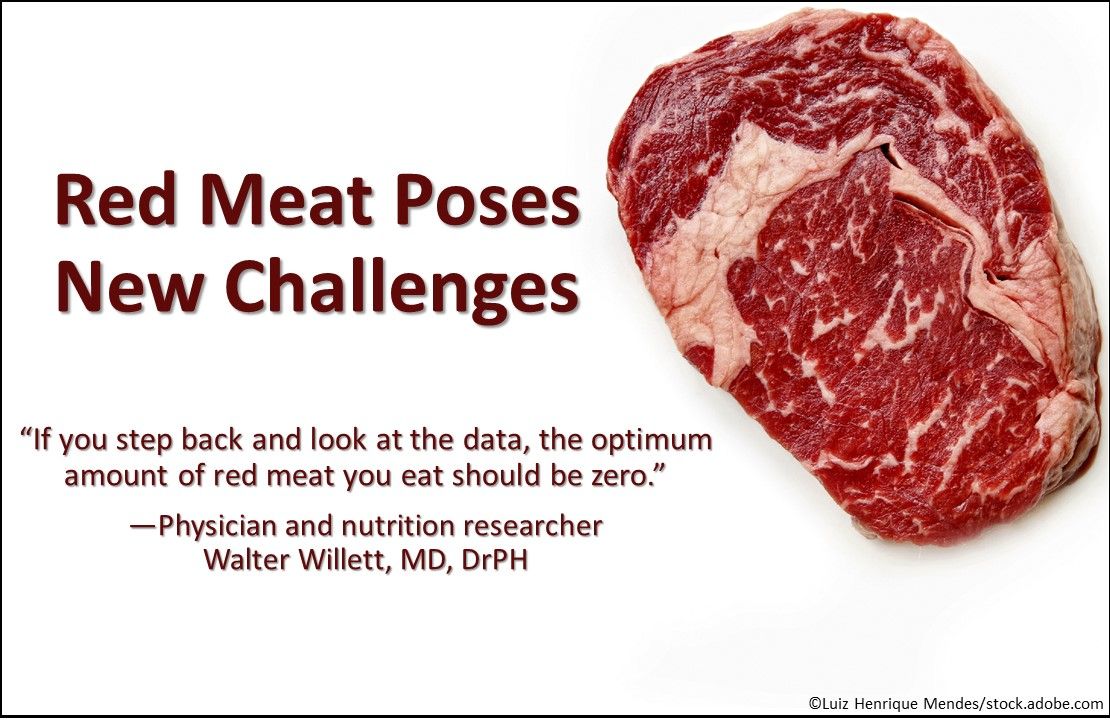
TMAO, a dietary metabolite of red meat, has been linked in recent studies with increased risk of CVD, all-cause mortality, heart failure, and chronic kidney disease. Meta-analyses of diet recall studies suggest, too, that dietary saturated fat and cholesterol content may not fully explain the health hazards of red meat. What does TMAO have to do with it?
Scroll through the slides above for a brief update on TMAO and the potential adverse effects of red meat consumption.
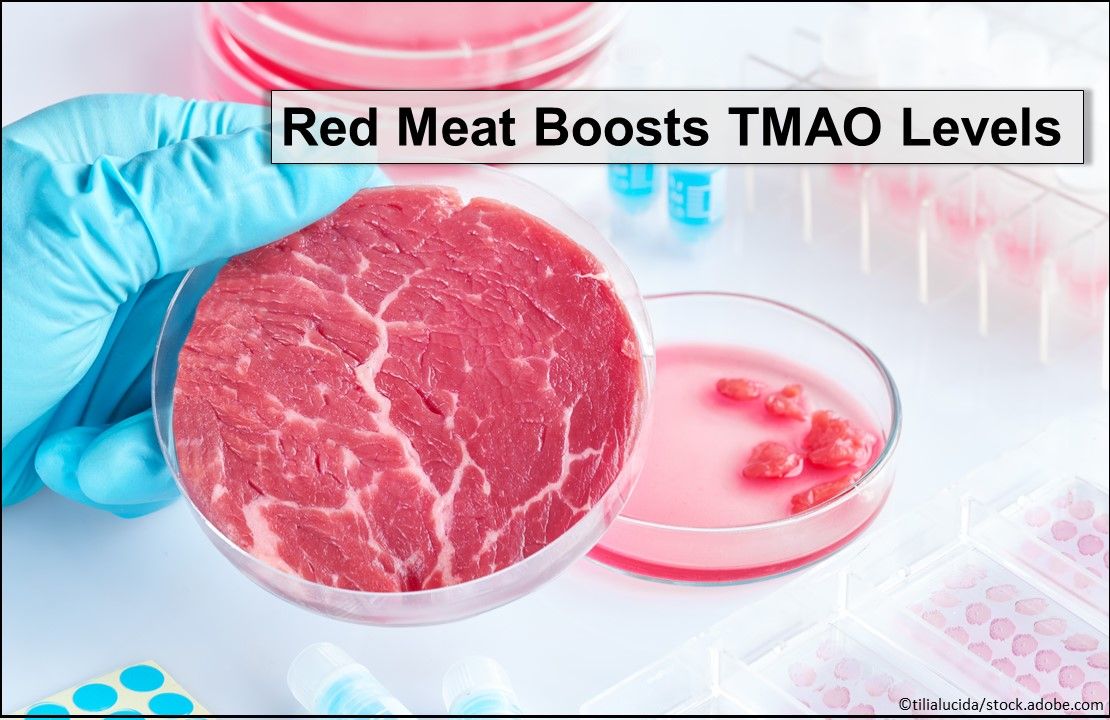
In a randomized-controlled dietary intervention study, plasma and urine TMAO each increased 2-fold with chronic ingestion of red meat, but did not increase with white meat or non-meat. Ingestion of red meat significantly reduced fractional renal excretion of TMAO. Red meat or white meat increased trimethylamine and TMAO production from carnitine, but not choline. Discontinuation of dietary red meat reduced plasma TMAO within 4 weeks and dietary-saturated fat did not affect TMAO or its metabolites.
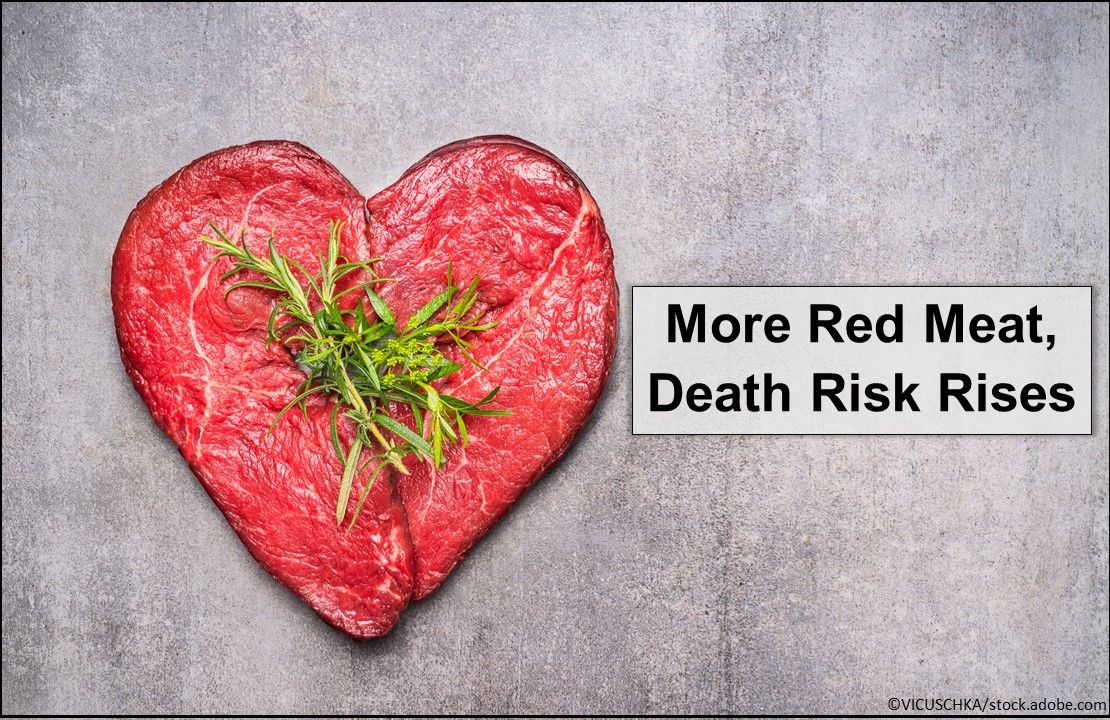
An increase in red meat consumption over 8 years was directly associated with mortality risk during the subsequent 8 years among adults in the US, according to 2 recent prospective cohort studies. Researchers found that an increase of at least half a serving per day of total red meat consumption was linked with a 10% higher mortality risk. This rise in mortality risk-greater with processed meat (13%) vs unprocessed meat (9%)-was independent of initial red meat intake and concurrent changes in lifestyle factors. Also, a decrease in total red meat consumption along with an increase in consuming alternative protein sources and healthy plant-based foods over 8 years was shown to improve longevity in the following 8 years.

In a recent meta-analysis of 36 randomized controlled trials, red meat consumption resulted in lesser decreases in triglycerides (TGs) vs all comparison diets combined as well as lesser decreases in total cholesterol and low-density lipoprotein (LDL) vs high-quality plant protein sources; greater decreases in LDL and high-density lipoprotein (HDL) vs fish; and greater decreases in TGs vs carbohydrates. The authors concluded that more favorable changes in blood lipids and lipoproteins are achieved by substituting red meat with high-quality plant protein sources-but not fish or low-quality carbohydrates.
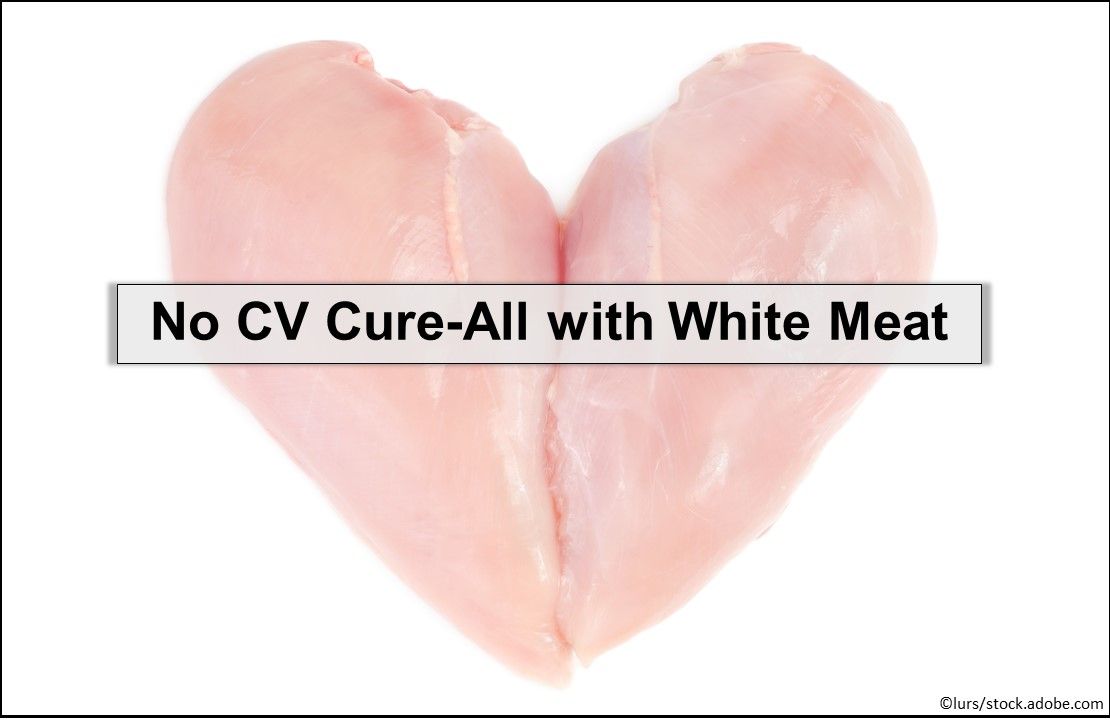
A new study that examined the lipoprotein effects of diets high in red meat vs white meat or plant protein sources found that the primary outcomes-LDL cholesterol (LDL-C), apolipoprotein B (apoB), small and medium LDL particles, and total/HDL cholesterol-did not differ significantly with red or white meat consumption. LDL-C and apoB levels were higher with red and white meat vs nonmeat independent of saturated fatty acid (SFA) content. However, high SFA increased LDL-C, apoB, and large LDL particles independent of protein source. The study results support recommendations that promote plant-based diets, but do not provide evidence for choosing white meat over red meat for reducing CVD risk.
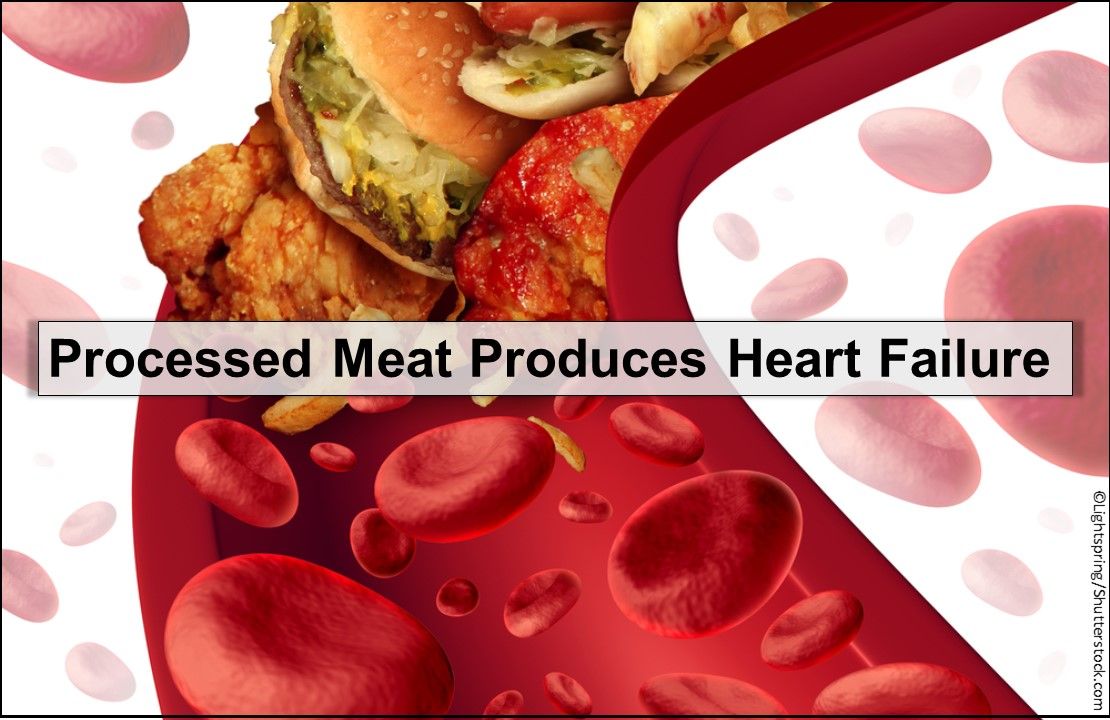
An increased risk of heart failure was linked with the highest category of processed meat intake, but not with red meat intake, according to a recent meta-analysis of studies performed in Europe and the US. Higher amounts of sodium and food additives in processing may help explain this association. Results also showed that processed meat intake increased the risk of heart failure among Europeans, but not Americans. The authors speculated that this could be due to the fact that Europeans ate more processed meat with more sodium, red meat, and other high-fat, high-calorie, high-cholesterol snacks vs Americans.

Health concerns about processed meat continue to grow, with reported links to CVD, obesity, diabetes, and cancer, but consumption has not declined. In fact, an analysis of dietary trends found that consumption levels among US adults remained unchanged between 1999 and 2016. The most consumed processed meats among US adults in 2015–2016-luncheon meat, sausage, hot dogs, ham, and bacon-accounted for 39.3%, 24.4%, 9.4%, 9.4%, and 4.6%, respectively, of the total processed meat consumption. Between 1999 and 2016, the mean consumption of unprocessed red meat declined (mean change of -56.7 g/week); poultry increased (mean change of 47 g/week), and fish/shellfish stayed the same (mean change of 1.55 g/week).
In a recent JAMA news article in which she described the role trimethylamine N-oxide, or TMAO, may play in increasing cardiovascular disease (CVD), senior staff reporter Jennifer Abbasi posed the question, “TMAO and Heart Disease: The New Red Meat Risk?” (continued below)Â


